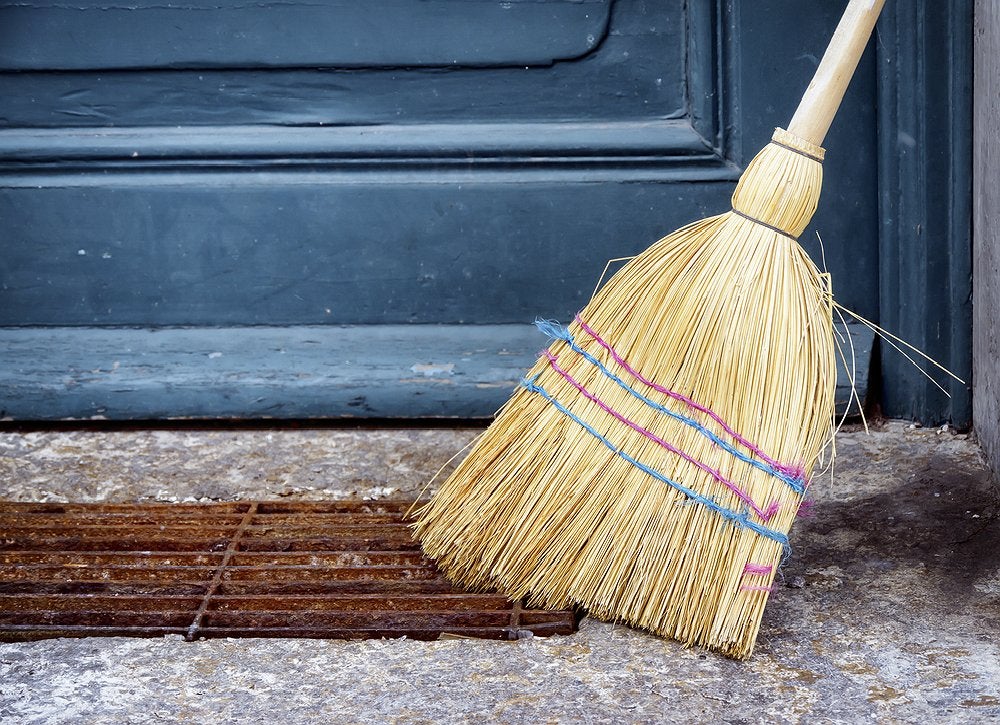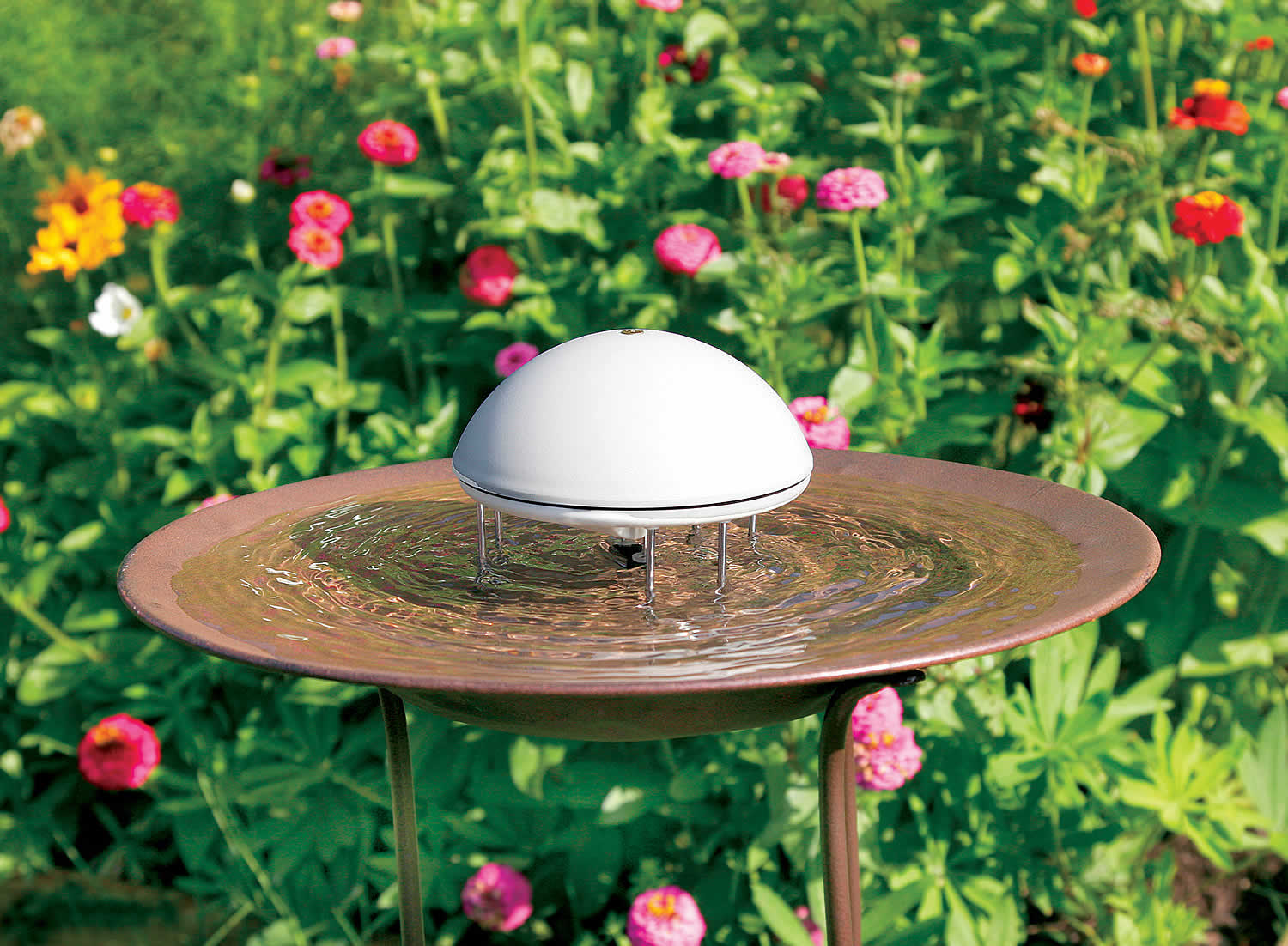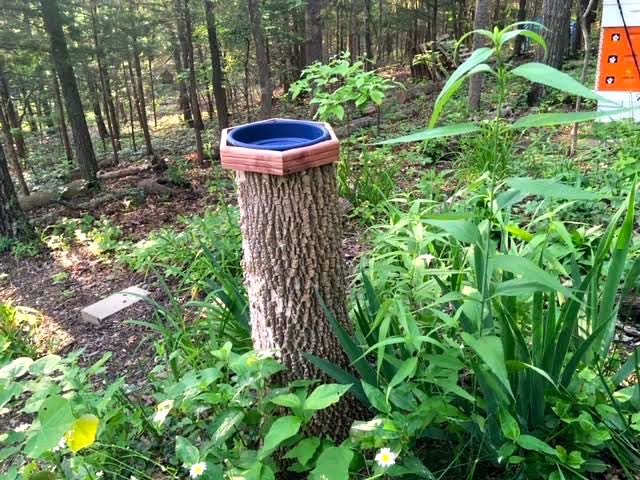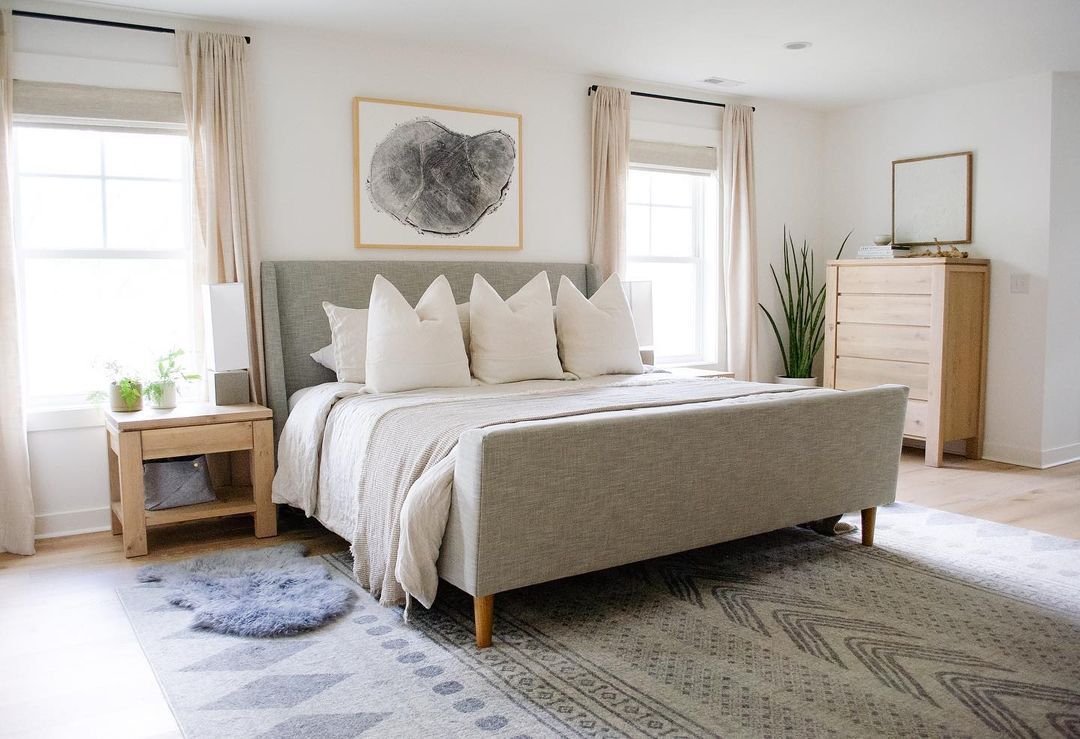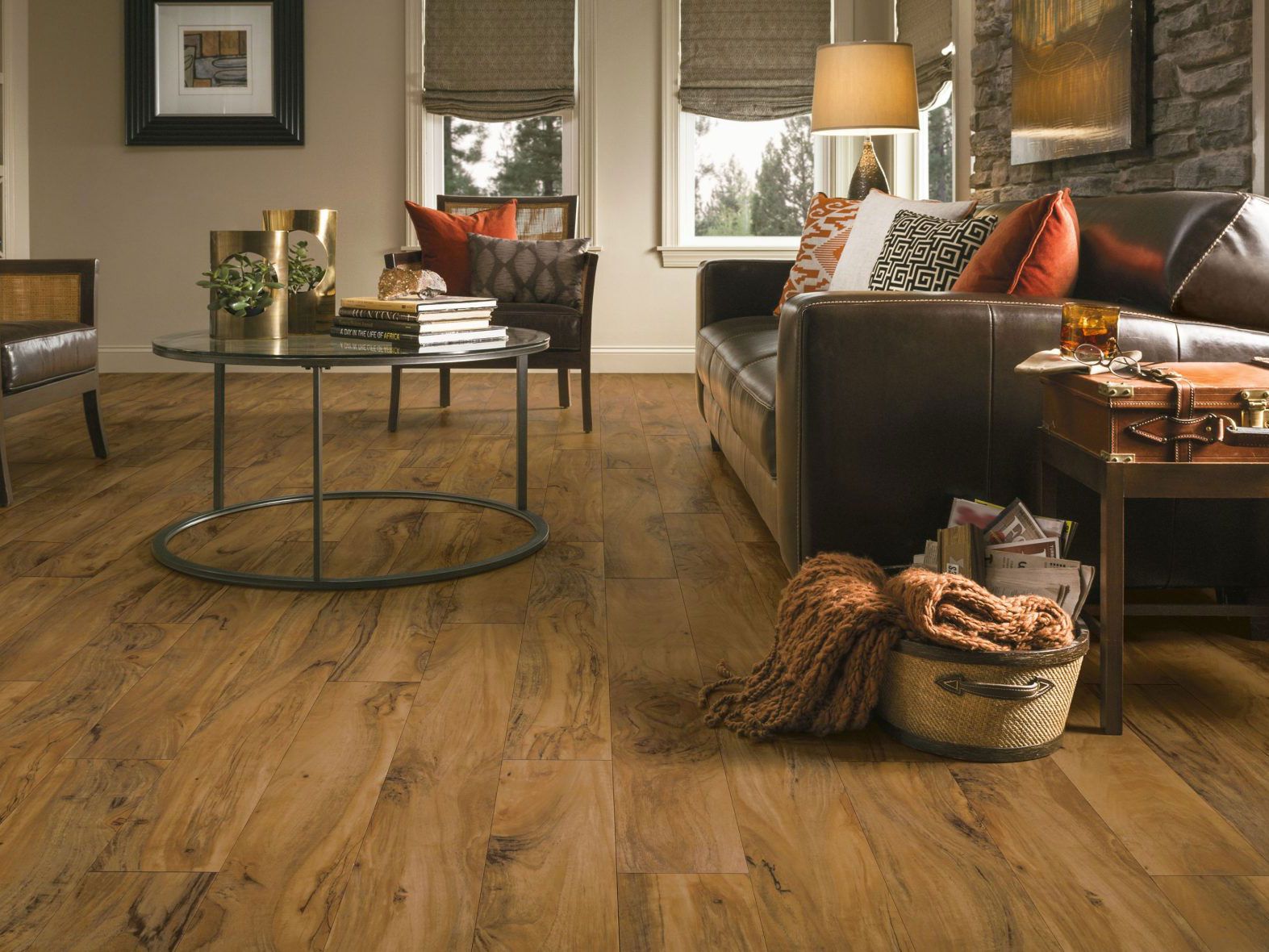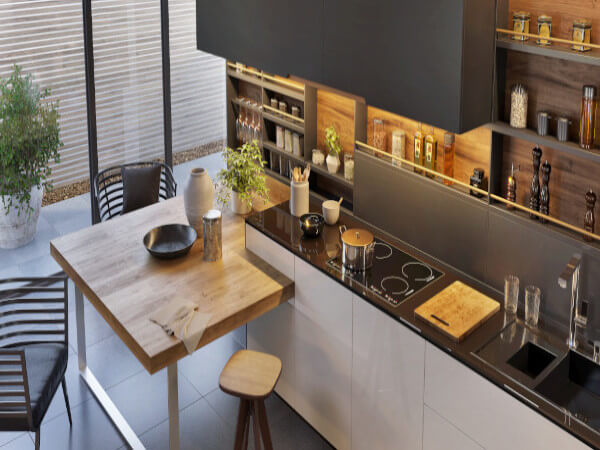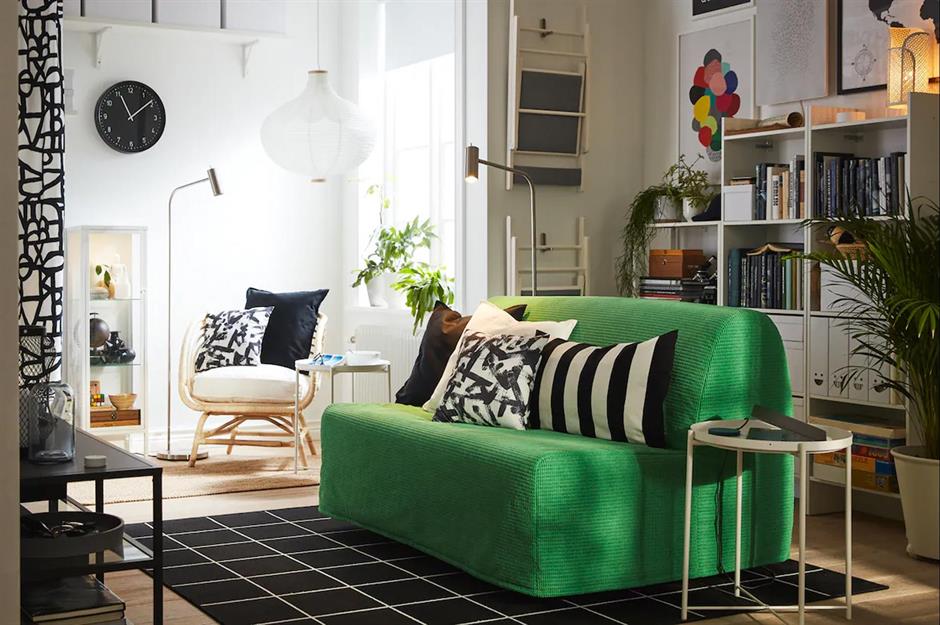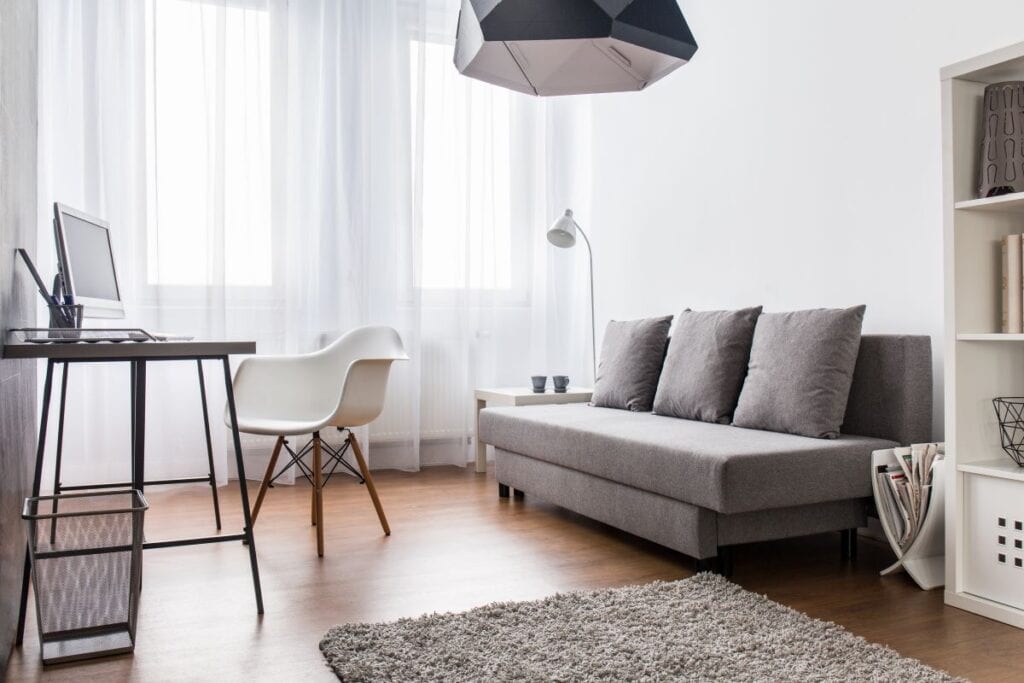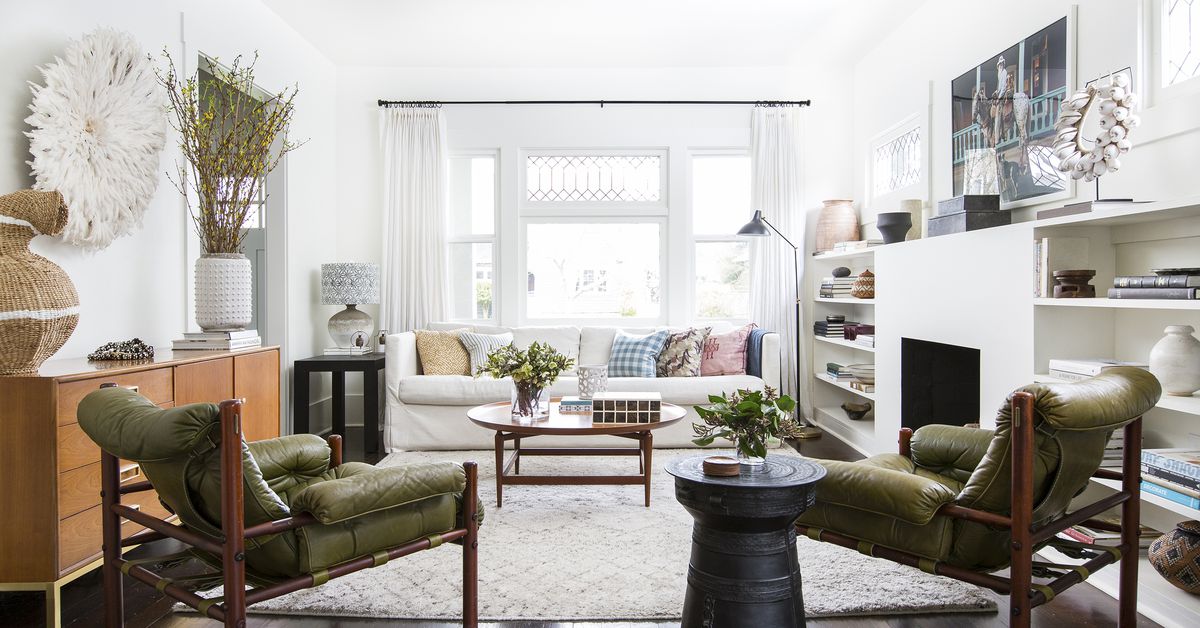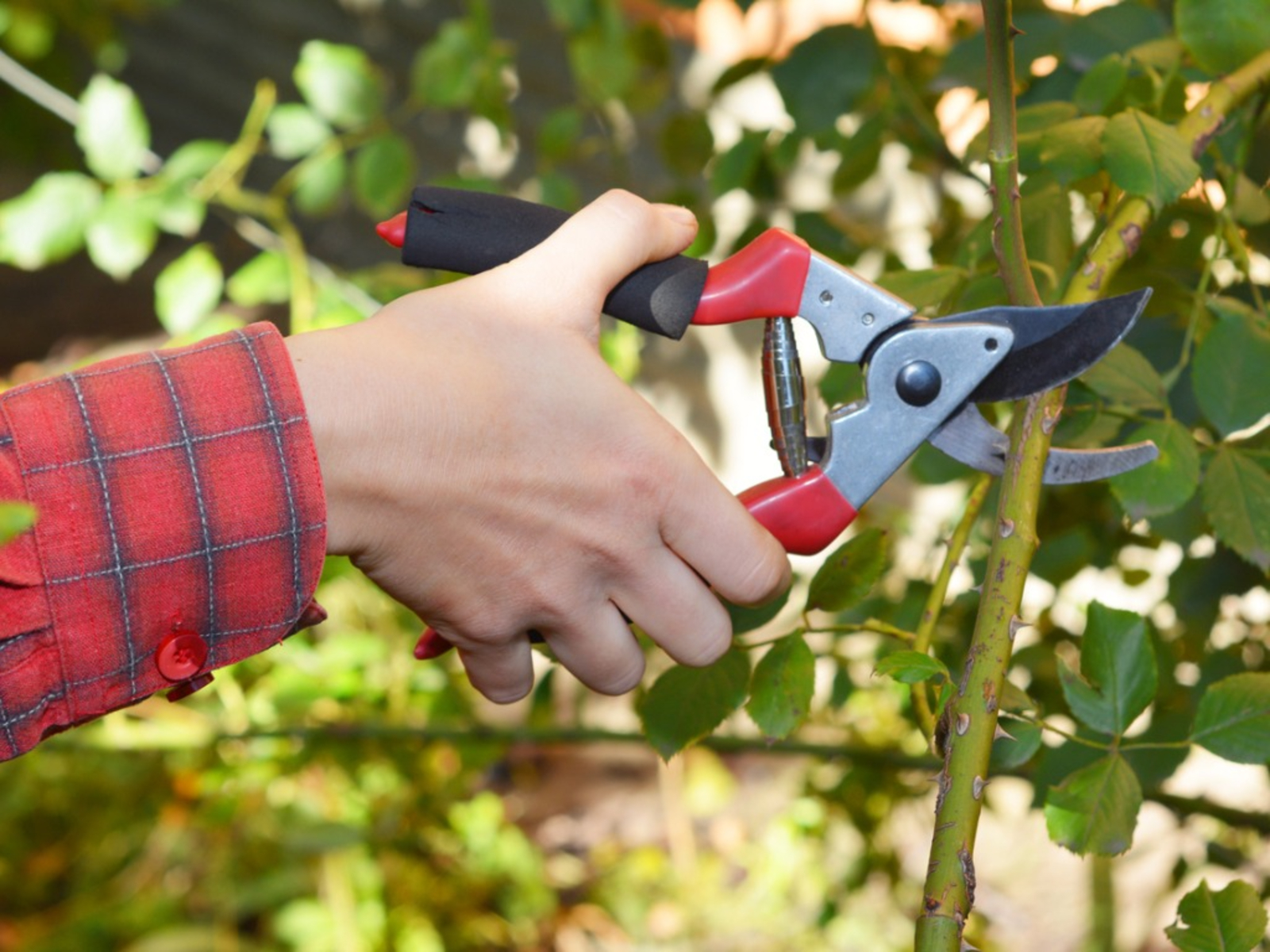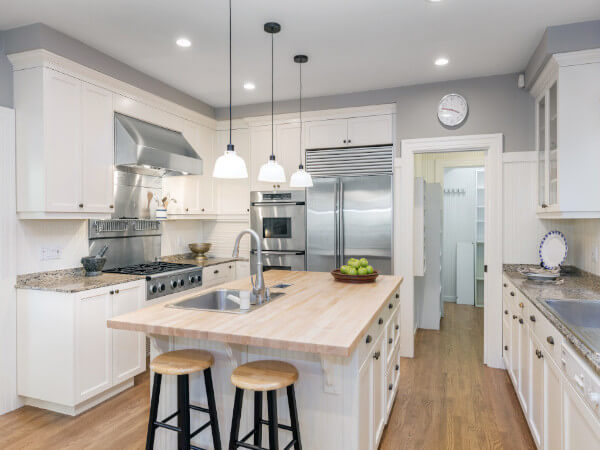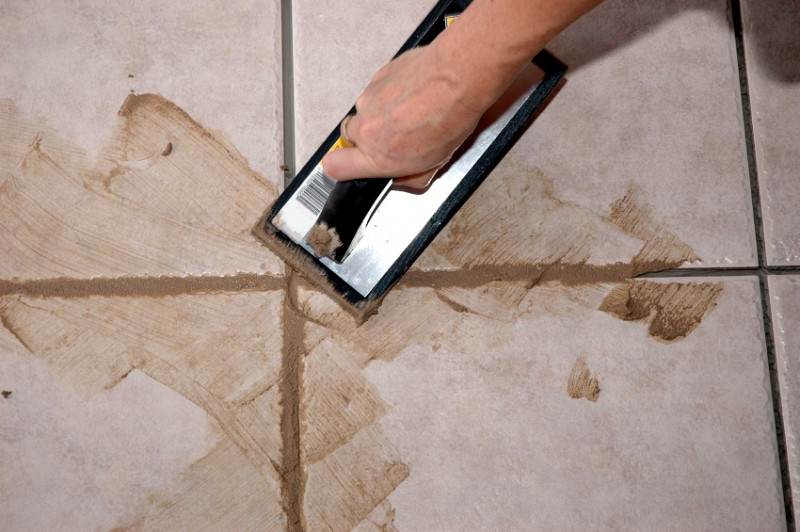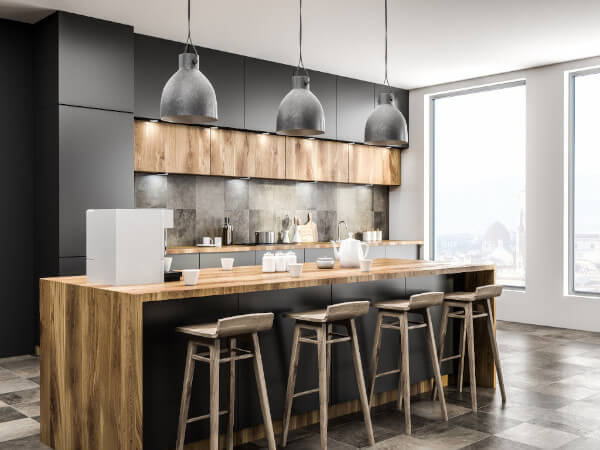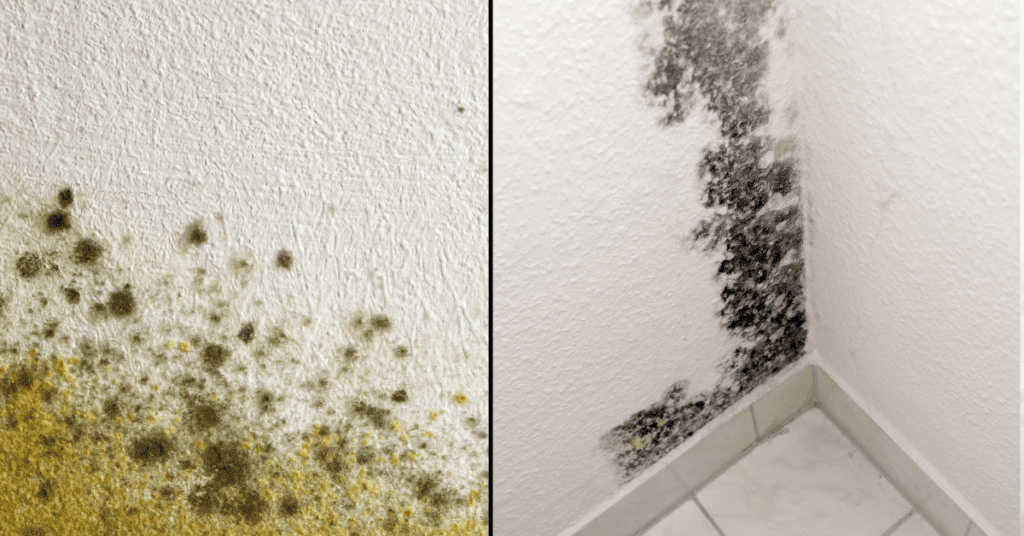When decorating a bedroom, you want everything to be as comfortable and welcoming for your guests as possible. The problem is that most people don’t know how to do this effectively. They end up overdoing the decorations in an effort to make the room look homier and inviting. Other people end up turning their space into a cluttered mess with no clear purpose or theme.
The best guest bedroom should be clutter-free, comfortable, and feel a little like home. Here are smart guest bedroom style ideas that will help you to style the perfect room.
Use the Right Lighting in the Guest Bedroom
When it comes to the lighting in your guest bedroom, you want to think about both tasks and ambient lighting. Ambient lighting is important for creating a relaxing atmosphere in the room, while task lighting is necessary for reading or getting dressed.
You can create ambient lighting in your guest bedroom with things like floor lamps, table lamps, and wall-mounted lamps. Task lighting can be provided by task lamps, which you can also use for accenting the room.
Make Your Guests Feel Welcome
Before your guests arrive, ensure they feel welcome on arrival by providing a clean room, lighting a candle, or using a diffuser, leaving out clean towels and other toiletries. You can also have fresh flowers to make your visitors feel welcomed and comfortable.
You’re creating a guest room feel, which is always a nice treat. Make sure there’s a plug point for chargers and hairdryers. It’s all about welcome and small details, as stated by Nicky, an interior designer. It’s the only chance you have to make sure your guests feel instantly relaxed at home.
Give Your Guest Bedroom a Dual-Purpose Storage
A spare room can easily become a dumping room if guests do not frequent your home. So, try not to let this happen by having good storage. Good storage is a starting point if you’re learning how to declutter your room. Look for clever bedroom ideas and solutions such as under-bed boxes, wall-hung cabinets, baskets, and hooks.
All these are great ways of containing clutter in the guest bedroom. If you’re designing the room from scratch, opt for a bed with drawers and a traditional blanket box if your space allows.
Make it Cozy
Guests love to feel comfortable and relaxed. This is where comfort matters most, so make sure your guest bedroom has a cozy feel that invites guests to relax and stay awhile. For this reason, it’s important that you keep the room’s color scheme soft and neutral – beige or browns with striking accent colors can do wonders.

Image credit: https://hips.hearstapps.com/
Adding a bunch of throw pillows will also leave your guests with a cozy space. When decorating your guest bedroom, use more of your hands than your eyes. Add a cozy organic sheet, toss a knit blanket on an armchair, and a stack of high-quality towels for your guests.
dd Toiletries
Keep your guests feeling welcomed by adding travel-size toiletries for them to use. You can purchase these at any local supermarket or drugstore, and they are great to have on hand when you’re traveling. Also, keep an initial supply of shampoos, conditioners, and soaps in the bathroom, so guests don’t need to search high and low for them.
Choose a Theme
If you want to go the extra mile, choose a theme for your guest bedroom. This could be anything from a coastal theme with light blues and whites to a traditional style with floral prints and lots of pillows. By having a specific theme in mind, you can make it easier to choose furniture, bedding, and accessories that will match.
The best way to decorate a guest bedroom is to decide on your decor theme and scheme and stick with it throughout the space. Keep towels and blankets in the same color palette and add little objects around the room that can fit with the theme.
Consider a Bedside Table
If you’re using the room as a guest bedroom, it’s important to have a side table beside the sofa bed for your guests. This is a place where they can put their glasses, books, and other nighttime essentials. You can either choose a traditional bedside table or go with something more unique.
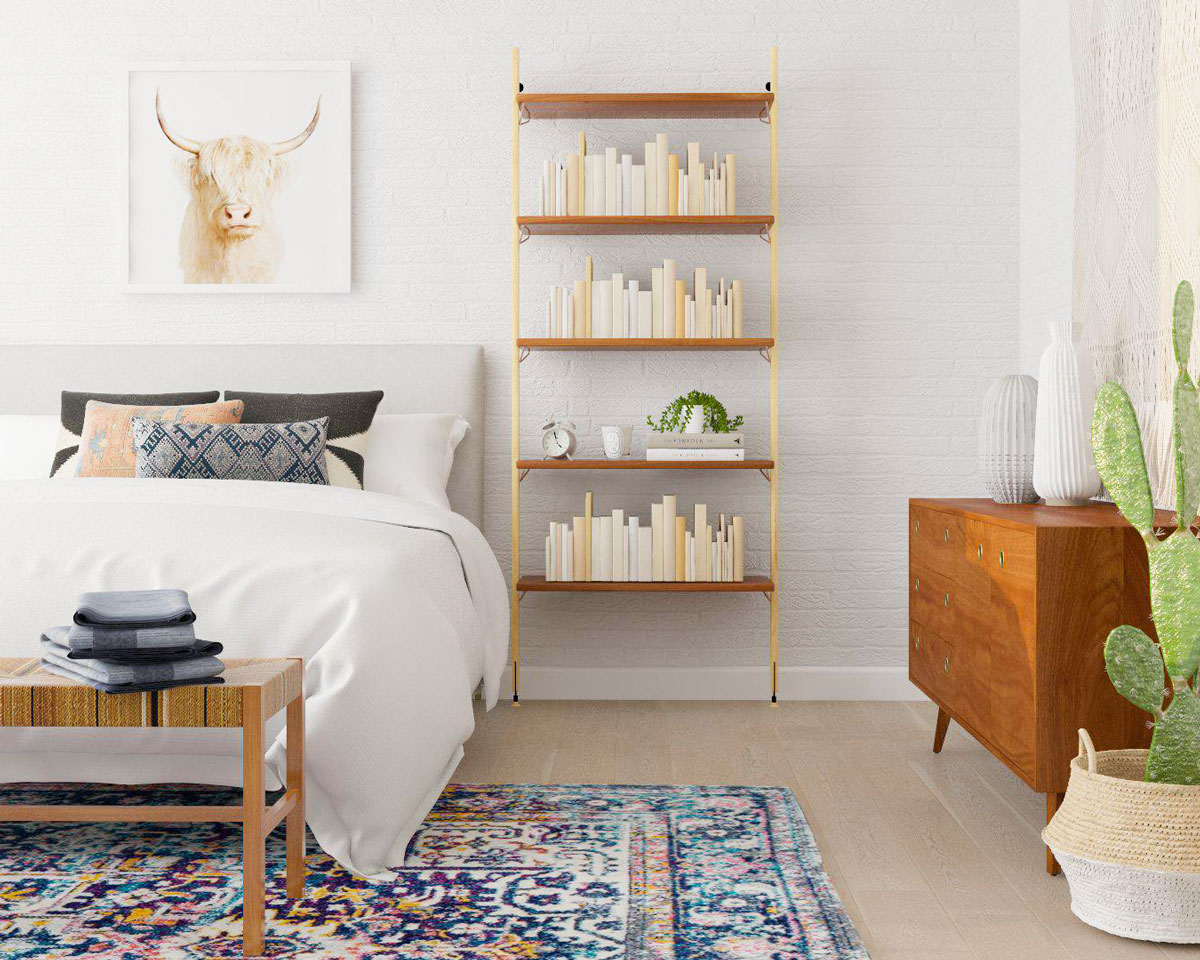
Image credit: https://www.homecrux.com/
Choose Between Bed and Sofa Bed
When you’re decorating a small guest bedroom, this is a consideration that will make the layout of the room easier. This will also depend on how much space you have at home. If you have a larger house with ample rooms, then you’ll have dedicated rooms for guests with beds.
But smaller homes might have a guest bedroom that doubles as a study, ironing rooms, and other purposes. If you’re using it as a sofa bed, consider including space for a small table or stand to accommodate your guests’ nighttime necessities.
Turn a Guest Room into Home Office when Not in Use
If you don’t have a guest bedroom, another option is to turn a room into a home office when it’s not in use. This will give your guests a place to stay without taking up space in your main living area.
You can either put a bed in the room or use it as an office and provide sleeping accommodations elsewhere. Opt for a sofa bed that will sit back against the wall when not in use. For a restful feel, ensure your room is not overwhelmed with technology.
Give a Plain Guest Room a Colorful Update
Make your guest room stand out from other rooms by giving it a colorful update. Add a pop of color with a brightly colored bedspread, curtains, or wallpaper. This will make the room feel more inviting and welcoming.
Or, if you want to stick with a more neutral palette, add interest with fun accessories. Choose a mix of textures and patterns to add visual interest. Think about adding a statement item such as fresh flowers, an accessory tray, or a colorful area rug.
dd Furniture
If you have space at home, the best guest bedroom should contain more than just a bed. Adding a small desk and a side chair can be a great way to provide your guests with an extra sitting area to work or relax. If you have room, consider adding a comfortable armchair or sofa as well.
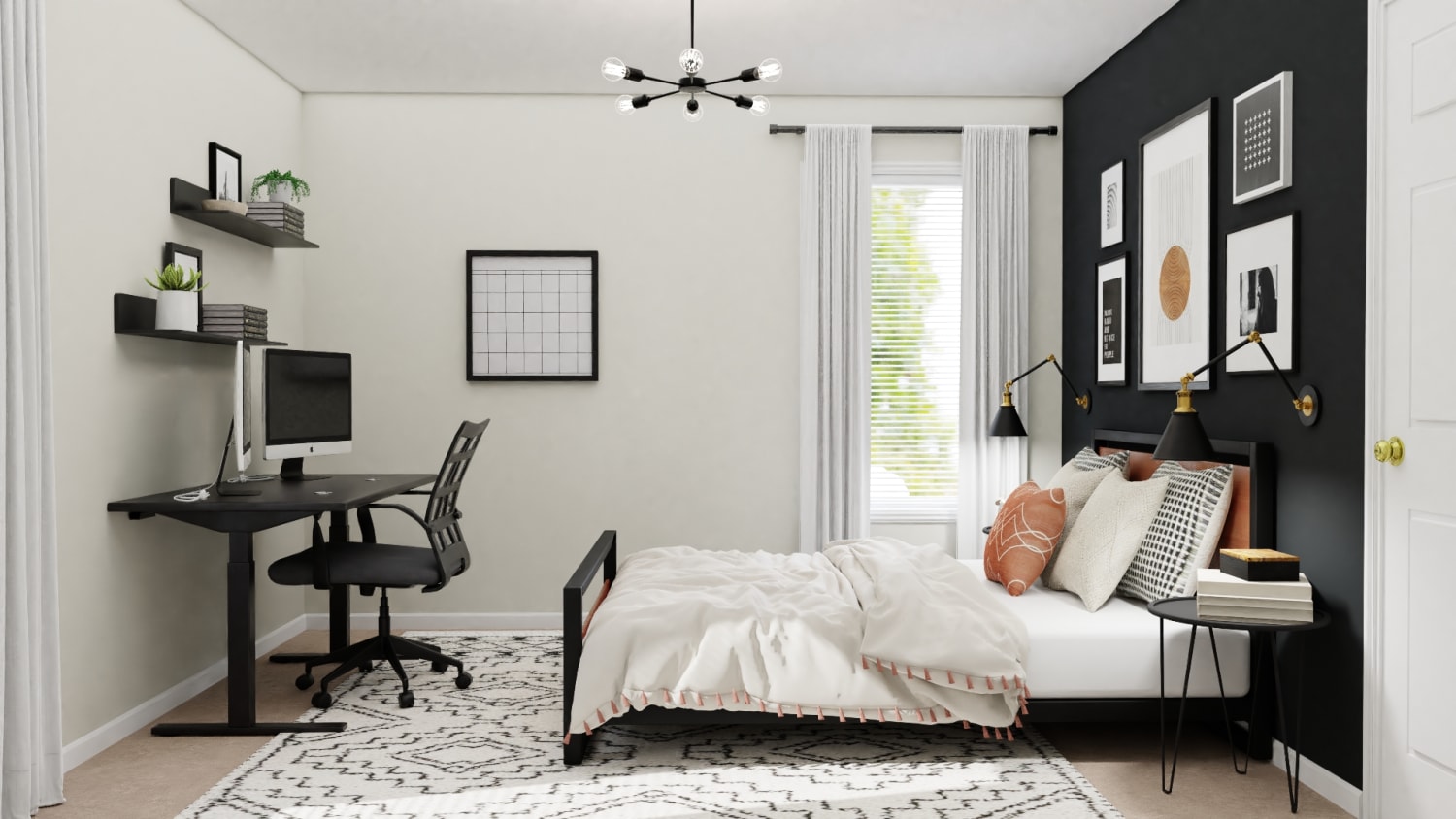
Image credit: https://res.cloudinary.com/
Also, invest in multifunctional furniture for your smallest bedroom. A sofa bed and a desk can double as a dressing table and a little seating area. You should consider double-duty furniture that will make your small space look larger. Don’t shy away from buying furniture for your guest bedroom.
Opt for a Cozy Guest Room
Even if you have enough room, you can still create a perfect guest room that your family and friends will love. You can consider a day bed and can serve as bed and sofa. If your room is lacking in square footage, focus on wall paint colors that will make your room feel larger.
If you have the luxury of a large guest room, consider adding extra features that will make your guests feel at home. A cozy rug, a comfortable chair, and a small table with a lamp are great additions. If you have the space, consider adding a television and a mini-fridge as well.
Create a Five Star Look in Your Guest Room
For the ultimate luxury bedroom for your guests, put together a scheme that resembles a first-class hotel suit. Avoid creating a space that’s too personal and idiosyncratic. Leave the room clutter-free to encourage relaxation.
Conceal a Mattress with Layers of Bedlinen
Add a few luxurious touches, such as high-quality bed linens and a goose-down duvet. Hang a large mirror on one wall to reflect light and create the illusion of space. Try to hide that unsightly bed frame by layering the bed with luxurious oversized throws. This will not only provide a comfortable night’s sleep but will also help conceal the mattress frame.
FAQs on How to Style the Perfect Guest Bedroom
What are the most important features of a guest bedroom?
Apart from the bed and a side table, a guest room should also have a storage solution, a comfy chair, and hooks with good-quality hangers. When it comes to guest bedrooms, also avoid furniture that looks intriguing and not practical.
Does a guest room need to have a closet?
Yes, a closet can offer a great storage solution, but it’s not that important if there are places where your guests can store their items.
Final Thought on How to Style a Perfect Guest Bedroom
Don’t forget your guest room as you go about decorating other rooms and making them feel comfortable. Consider the bed, bedding and accessories, and storage, seating area, and lighting. With these guest bedroom ideas, you can style the perfect guest bedroom in no time.
The post How to Style the Perfect Guest Bedroom appeared first on Kitchen Infinity.
Did you miss our previous article…
https://www.thelavkitchen.com/?p=871



 Depending on your budget, you have two options: a small or an extensive
Depending on your budget, you have two options: a small or an extensive 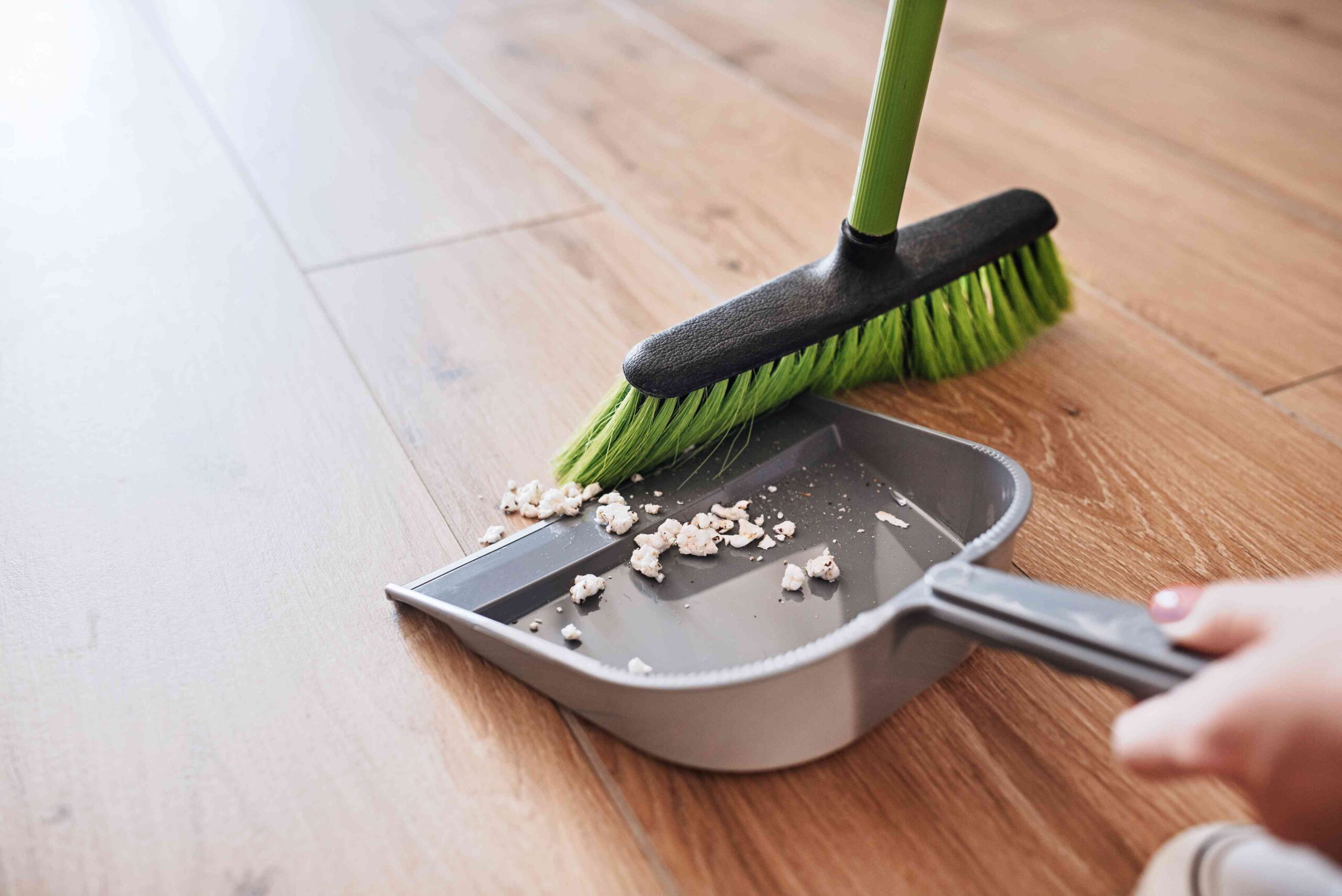
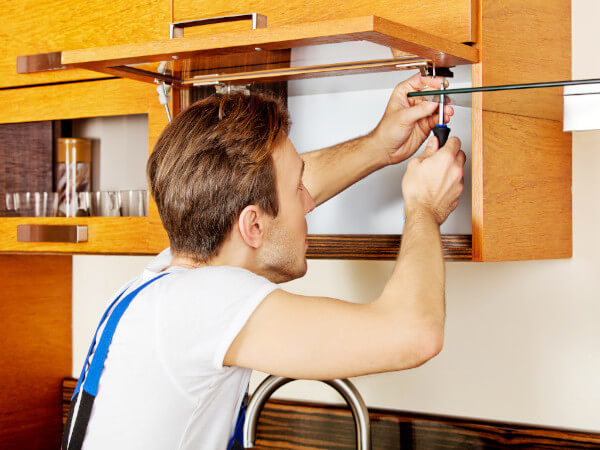
:max_bytes(150000):strip_icc()/how-to-sweep-a-floor-1901115-04-f3e1d8dd6d1740fba82d35ef51a1bd1b.jpg)
